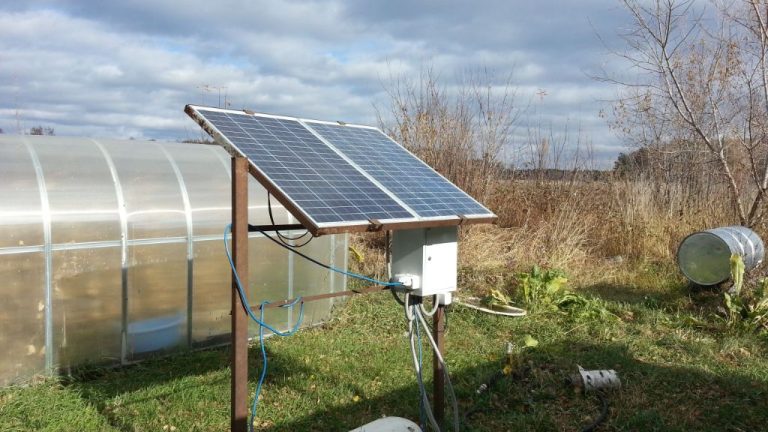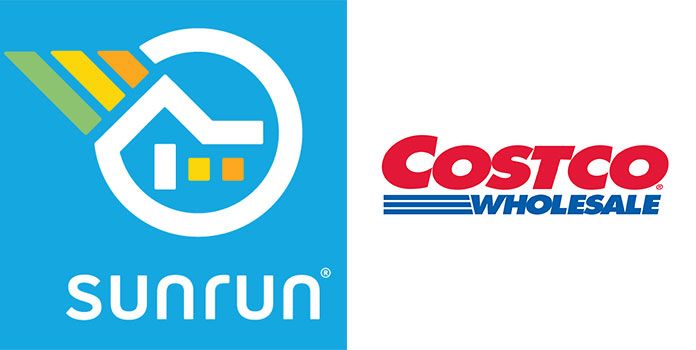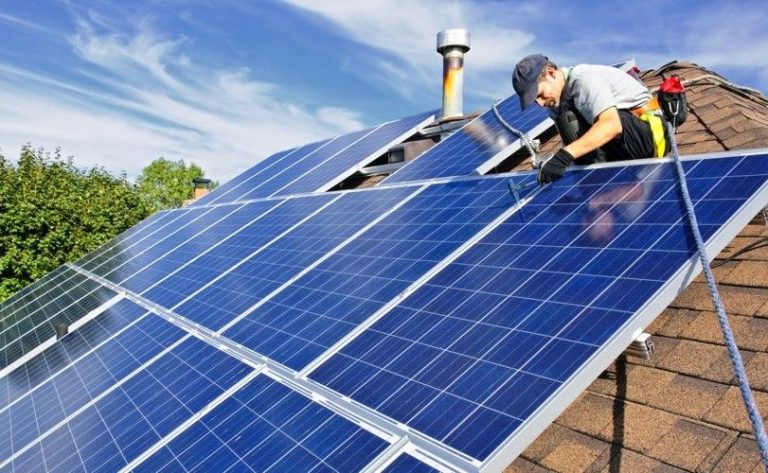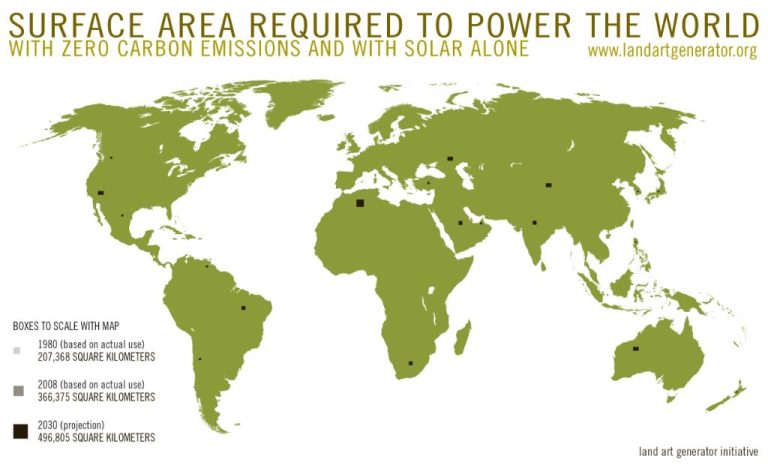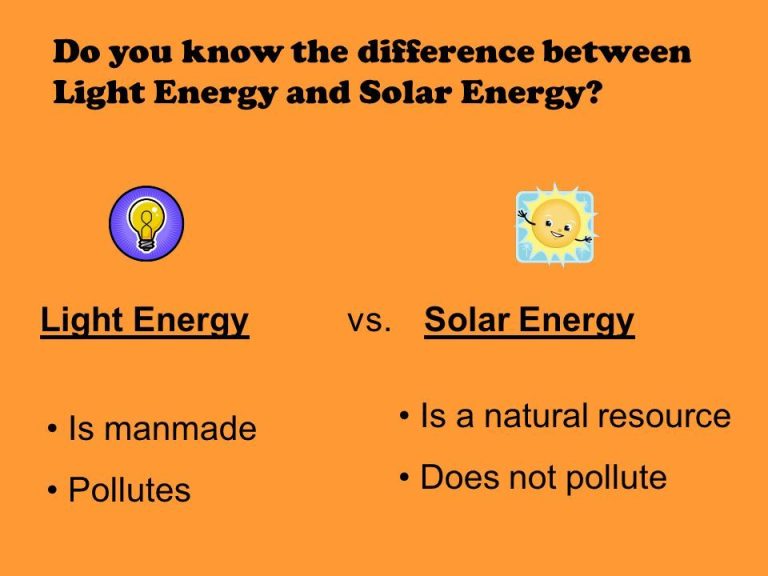Is It Wise To Invest In Solar?
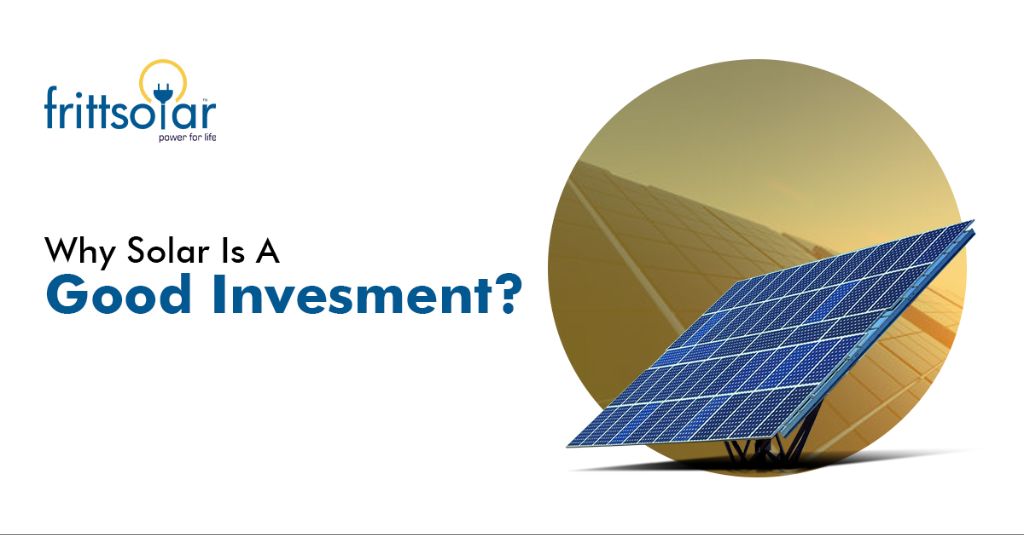
Solar power has seen tremendous growth over the past two decades, transforming from a niche energy source to a mainstream technology. According to the Solar Energy Industries Association (SEIA), the U.S. solar market has grown at an average annual rate of 24% since 2000 (Solar Industry Research Data | SEIA). Total installed solar capacity has expanded over 40-fold in that time, from 1 GW in 2000 to over 122 GW today, enough to power 23 million homes (Solar Industry Research Data | SEIA). As costs have fallen dramatically and solar technology has improved, homes, businesses, and utilities have increasingly adopted solar to reduce electricity bills and carbon emissions. SEIA forecasts that total U.S. solar capacity will more than double in the next 5 years, with annual installations growing from 23 GW in 2021 to over 39 GW in 2025 (Solar Industry Research Data | SEIA). With its compelling benefits and bright future, solar power is now poised to be a major part of America’s energy landscape.
Cost Savings
The cost of installing residential solar panels has decreased significantly over the past two decades. According to SaveOnEnergy, in 2002 the average cost of home solar panels in the U.S. was $12.20 per watt. By 2022, that price dropped to $3.82 per watt, representing a nearly 70% reduction. There are a few key factors driving down solar installation costs over time:
- Improvements in solar panel technology and manufacturing processes
- Economies of scale as the solar industry has grown
- Increased competition among solar installers
The declining upfront costs make solar power an increasingly affordable option for homeowners and businesses looking to reduce their energy bills and carbon footprint. Industry experts predict solar costs will continue to decrease in the years ahead as adoption expands globally.
Government Incentives
There are various government incentives available to homeowners who install solar panels, making it a wise financial investment. The most notable incentive is the federal solar Investment Tax Credit (ITC). According to the Department of Energy, the ITC offers a 26% tax credit for systems installed in 2020-2021, and 30% for systems installed in 2022-2032. This means homeowners can deduct 30% of their solar installation costs from their federal taxes. The ITC applies to both residential and commercial solar systems.
In addition to the ITC, many states offer additional tax credits and rebates. As reported by Forbes, states like New York offer a 25% tax credit while others like Arizona offer up to $1,000 rebates. The Database of State Incentives for Renewables & Efficiency provides a breakdown of incentives available by state. With federal and state incentives combined, homeowners can offset a significant portion of their upfront solar costs.
Return on Investment
The payback period is a key metric to consider when evaluating the return on investment for solar panels. This refers to the amount of time it takes for the energy savings and earnings from solar power generation to cover the upfront costs of purchasing and installing the solar system.
According to the Department of Energy, most homeowners see a complete return on their investment in solar panels in 6 to 12 years.1 The national average payback period is around 8-9 years.2 However, this can vary widely based on the solar incentives and electricity rates in your location, as well as the size and efficiency of your solar system.
To calculate the payback period specifically for your home, you’ll need to estimate your upfront system costs and expected annual energy savings. There are also online calculators and solar experts who can help provide a tailored estimate.
Once the payback period is reached, your solar panels will have paid for themselves and provide free renewable energy for another 10-15+ years. This makes solar a great long-term investment given the system warranties and energy production guarantees offered today.
Environmental Benefits
Investing in solar panels can significantly reduce carbon emissions compared to fossil fuel energy sources like coal and natural gas. According to research from Columbia University, solar panels reduce CO2 emissions more per acre than planting trees or growing corn for ethanol fuel (https://news.climate.columbia.edu/2022/10/26/solar-panels-reduce-co2-emissions-more-per-acre-than-trees-and-much-more-than-corn-ethanol/). The Intergovernmental Panel on Climate Change found that the carbon footprint of rooftop solar panels is around 12 times less than natural gas and 20 times less than coal (https://www.solar.com/learn/what-is-the-carbon-footprint-of-solar-panels/). Each kilowatt hour of electricity produced by solar offsets carbon emissions from fossil fuel power plants (https://www.bostonsolar.us/solar-blog-resource-center/blog/how-much-co2-do-solar-panels-save/). Overall, installing solar panels is one of the most impactful steps a home or business can take to reduce their carbon footprint and fight climate change.
Grid Independence
One of the key benefits of installing solar panels is grid independence. This means that your home can generate and use its own electricity, even when the main power grid goes down. During a power outage, while grid-tied homes will lose power, a properly equipped solar home can keep functioning. This capability provides invaluable peace of mind.
According to Solar Energy World, solar panels will keep generating electricity during an outage, as they do daily (https://www.solarenergyworld.com/going-solar/how-solar-works/power-outage/). However, in a normal grid-tied solar system, the solar energy flows back to the grid when not immediately used. So to utilize solar energy during an outage, your system needs batteries to store electricity. With batteries, you can power your home’s essential loads when the grid is down.
Paradise Solar Energy notes that with batteries, solar systems can provide power during an outage (https://www.paradisesolarenergy.com/blog/will-solar-panels-work-during-a-power-outage). Prospect Solar confirms that while solar won’t work during an outage without batteries, installing them allows your system to function (https://www.prospectsolar.com/happens-solar-energy-power-goes/). The batteries store solar energy for essential electrical loads.
Having grid independence provides security and resilience. If you install batteries with solar panels, you can maintain power during emergencies when the grid goes down. This capability makes solar systems with storage highly valuable for homeowners concerned about outage protection.
Maintenance
Proper maintenance is crucial to ensuring solar panels operate efficiently for their full lifespan of around 25-30 years. Maintenance involves both monitoring the system and periodic cleaning of the panels.
System monitoring entails regularly checking that the solar panels and inverters are functioning properly. Most solar installations come with monitoring software that tracks energy production and can alert homeowners to any issues. It’s recommended to inspect the physical components annually for damage, dirt buildup, corrosion, loose wiring, etc. Inverter maintenance involves keeping it clean, checking error codes, and replacing any worn parts as needed.
Solar panel cleaning should occur 2-4 times per year, depending on how dirty the panels get. Panels can be washed with a soft brush and mild soap and water. Hiring a professional cleaning service costs $150-300 per visit for a typical residential system. Getting on a regular maintenance schedule is advisable to prevent efficiency losses from excessive dirt buildup, which can reduce energy output by up to 25%. With proper maintenance, solar systems can continue generating clean power for decades.
Overall, average annual solar maintenance costs range from $300-700 for a residential solar array. While not negligible, these costs are still far outweighed by the energy savings and environmental benefits solar panels provide over their lifespan.
Aesthetics
Solar panels can blend in or stand out when it comes to your home’s aesthetics and curb appeal. Many homeowners aim for their solar array to go unnoticed, selecting panels that match their roof color and laying them flat to minimize the profile. But solar panels don’t have to be invisible; some prefer them as an architectural focal point or a statement of environmental values.
Today’s solar roofs come in various colors, sizes, and shapes to coordinate with your aesthetic vision. Frameless solar panels can adhere tightly to the roof for a clean look. If you have the space, ground-mount systems avoid roof penetrations while providing more flexibility in panel angles and layout. Rooftop arrays can also incorporate solar shingles that resemble traditional roofing materials.
When it comes to landscaping, arrays are often set back from the edge of the roof or placed higher up to avoid shadowing trees and vegetation. Their angled faces and trim profiles add dimension to a traditionally flat roofscape. Overall, solar gives homeowners more control over their home’s appearance, letting them tailor systems to their style preferences.
Resale Value
Adding solar panels can significantly increase a home’s resale value. According to a study by Zillow, solar panels increase a home’s appraisal value by 4.1% on average. The exact value increase depends on factors like your location, system size, and local electricity rates, but most studies confirm a positive effect on home value.
For example, Zillow found that in hot solar markets like California, each 1 kW of solar panels boosted resale value by around $5,911. This means a typical 5 kW system could add almost $30,000 to your home’s value. Even in cooler markets, solar adds value. Zillow reported a $3,329 value increase per 1 kW in New York.
Solar also helps homes sell faster. A recent report showed that homes with solar arrays sold on average 67 days faster than comparable homes without solar. Going solar makes your home more attractive to buyers looking to save on energy costs.
The bottom line is solar is an investment that pays off not just through electricity bill savings, but also by boosting your home’s resale value. Installing a solar system can be a wise move whether you plan to stay in your home long-term or sell in the near future.
Conclusion
In summary, there are both advantages and disadvantages to investing in solar energy. The main pros of solar are that it is a renewable source of energy that produces no emissions, can lead to long-term cost savings on electricity bills, is low maintenance, and increases a home’s value. The main cons are the high upfront installation costs, dependence on sunlight, space requirements, and need for energy storage solutions for when the sun isn’t shining. When weighing the pros and cons, solar energy is a wise investment for many homeowners seeking clean energy and long-term savings, but it also requires careful planning and consideration of your specific home and energy needs.

